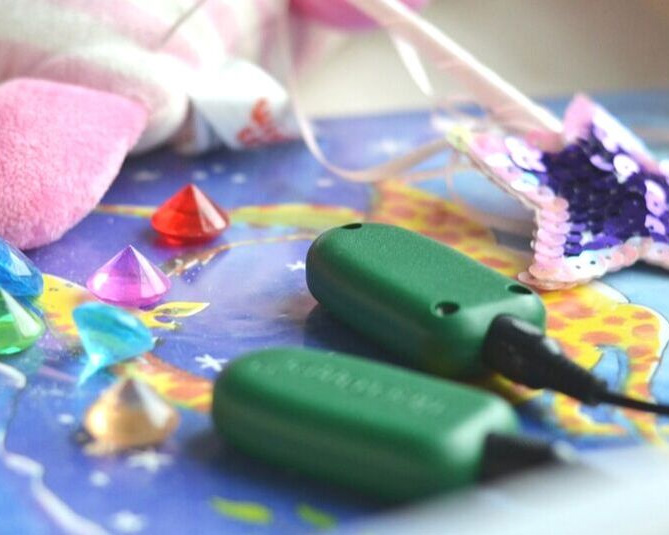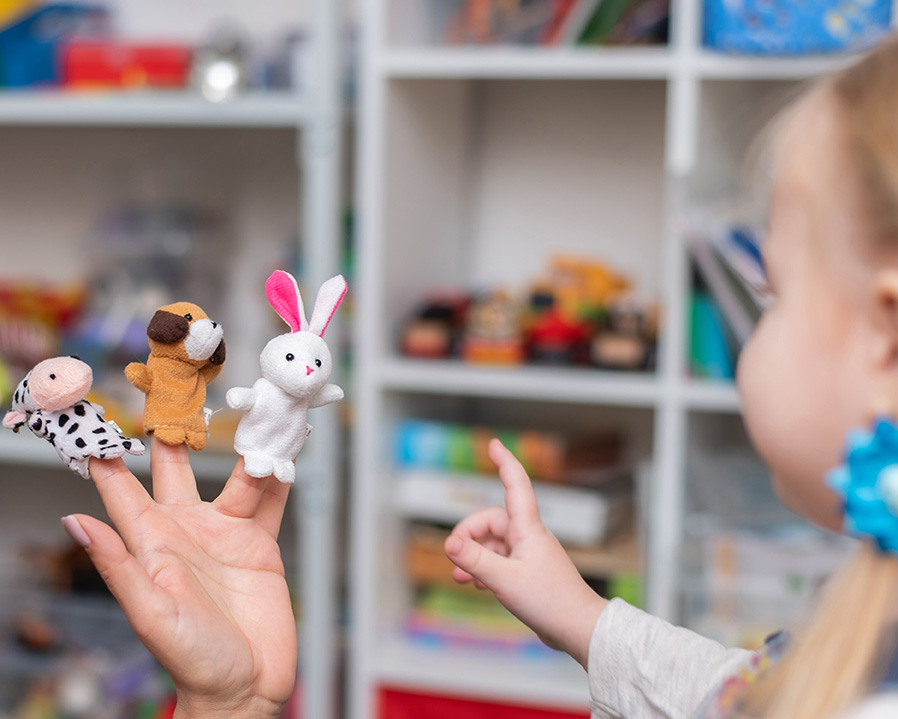Play therapy can be beneficial to children experiencing problems with anxiety, severe trauma, abuse, grief and loss, depression, anger, major life transitions, and much more.
Through imaginative play, your child will explore their past and re-imagine their future.
Your child will develop critical thinking skills and problem-solving skills to work through their problems.
Play Therapy will also help your child to express their emotions, build confidence, and overcome fears.
The play therapist will follow evidenced based protocols and their experience in interpreting play to meet the need of the child.
Play Therapy consists of both non-directive and directive approaches. A trained play therapist knows how to integrate both and flexibly move between approaches to best fit the need of your child.

Registered Play Therapist Supervisor & Founder of Mighty Minds Therapy, Alyssa Meyer, LCSW, RPT-S™
“Toys are used like words by children, and play is their language.”
~ Gary Landreth
Play Therapy is Collaborative
Play therapy at Mighty Minds Therapy also includes working closely with the parents to help them understand the underlying needs being communicated by the child’s behaviors.
This includes incorporating the parent’s knowledge and wisdom of the child and family system offering strategies to further help the child in creating resolution following upsetting events or challenges.
Watch the video to learn more about how play therapy works.
EMDR and Play Therapy
At Mighty Minds Therapy, our team of EMDR and Play Therapy trained specialists specialize in integrating EMDR and Play Therapy to support children who have experienced sudden or severe trauma.
Research shows that combining these modalities helps children process trauma in a developmentally appropriate and emotionally supportive way. We provide a holistic, child-centered approach that fosters healing, safety, and resilience.
Our collaborative team ensures each child receives personalized care on their journey to recovery.
Here are the 8 phases of EMDR explained using play therapy from emdria.org.



- 1
The initial child-centered play phase fosters an equal relationship and may bring up trauma memories, offering the therapist insights into the child’s experiences, especially when verbal disclosure is challenging. The therapist ensures this material emerges naturally, without activating the child’s defenses.
- 2
The distancing in play helps the child stay present as trauma emerges, particularly when the memory is feared or beyond the child’s current awareness.
- 3
Gradually introduce eye movements, BLS, EMDR tools, and vocabulary through play, starting with positive moments and related body sensations.
- 4
Before or after child-centered play, use directive activities to move from distress to calm and prepare for trauma work. Methods like Theraplay and other directive approaches support these goals.
- 5
Initial EMDR processing of trauma content can occur in the context of the play metaphor using the characters in the story for the initial assessment of the target and beginning reprocessing.
- 6
Connect the play to the child’s experiences using brief EMDR sessions with BLS to observe upsetting body responses or beliefs in a child-friendly, not highly directive way.
- 7
Parents and caregivers must be involved for support and as a resource.
- 8
Since young children struggle with the SUDS scale (often rating everything as 10 or 0), caregiver interviews can be used for Phase 8 re-evaluation of targets. It’s important to process in small chunks and pay attention to shifts in the child’s play themes to gauge remaining distress.

